I. Introduction
Rome, the Eternal City, is a living museum that seamlessly blends its ancient past with a vibrant present. As the capital of Italy and a pivotal center of culture, art, and history, Rome offers an unparalleled experience for travelers. Wandering through its cobblestone streets, you can encounter remnants of a bygone era juxtaposed with modern-day life, creating a unique tapestry that tells the story of human civilization.
This city, once the heart of the powerful Roman Empire, has witnessed the rise and fall of emperors, the spread of Christianity, and the flourishing of the Renaissance. Each corner of Rome has a story to tell, from the majestic ruins of the Colosseum to the awe-inspiring beauty of the Vatican.
Our guide to “Three Perfect Days in Rome” will take you on a carefully curated journey through the city’s most iconic landmarks and hidden gems. Whether you are marveling at the architectural grandeur of ancient structures, immersing yourself in the spiritual ambiance of Vatican City, or soaking in the lively atmosphere of Rome’s historic center, these three days promise to be packed with unforgettable experiences.
Prepare to step back in time and walk in the footsteps of gladiators, popes, and artists. This is Rome—a city where history comes alive and every moment is a chance to discover something extraordinary.
II. Day 1: Ancient Rome
Rome, often referred to as the Eternal City, is a sprawling metropolis where ancient and modern intersect at every turn. Your first day in Rome will immerse you in the grandeur of Ancient Rome, an era that laid the foundations of Western civilization. As you traverse the city’s ancient heart, you’ll uncover its rich history, architectural marvels, and enduring legacy.
A. Colosseum
Begin your journey at the Colosseum, one of Rome’s most iconic landmarks and a testament to the engineering prowess of ancient Romans. This colossal amphitheater, originally known as the Flavian Amphitheatre, was inaugurated in AD 80 and could hold up to 80,000 spectators. Here, gladiators once battled ferociously, and grand spectacles enthralled the masses.
As you explore the Colosseum, take a moment to envision the roar of the crowd and the clash of arms that once echoed through its walls. Guided tours are highly recommended, as they provide fascinating insights into the history, architecture, and daily life of those who lived during this period. Don’t miss the chance to visit the underground chambers where gladiators and animals awaited their fate, offering a glimpse into the darker aspects of Roman entertainment.
B. Roman Forum
After the Colosseum, make your way to the nearby Roman Forum, the epicenter of ancient Roman public life. This sprawling complex of ruins was once the heart of political, commercial, and social activity in ancient Rome. Here, you can stroll along the Via Sacra, the main street that runs through the Forum, and imagine the hustle and bustle of daily life in ancient times.
Key highlights within the Forum include the Temple of Saturn, the Arch of Titus, and the House of the Vestal Virgins. Each structure tells a story of Rome’s rise and fall, with remnants of temples, basilicas, and public spaces that paint a vivid picture of its grandeur. For a more in-depth understanding, consider hiring a guide or using an audio tour to bring the ancient stones to life with anecdotes and historical context.
C. Palatine Hill
Conclude your exploration of Ancient Rome with a visit to Palatine Hill, the most central of Rome’s seven hills and the mythological birthplace of the city. According to legend, this is where Romulus and Remus, the twin founders of Rome, were raised by a she-wolf. Palatine Hill later became the preferred residential area for Rome’s elite, including emperors.
As you ascend the hill, you’ll encounter the ruins of opulent palaces, lush gardens, and breathtaking views over the Roman Forum and the Circus Maximus. Key sights include the Domus Augustana, the House of Livia, and the Farnese Gardens. The hill’s tranquility and its historical significance offer a peaceful retreat from the bustling city below.
By the end of the first day, you’ll have delved deep into the annals of Ancient Rome, gaining a profound appreciation for its history, culture, and architectural brilliance. Enjoy a leisurely evening at a local trattoria, savoring traditional Roman dishes like cacio e pepe or carbonara, as you reflect on your journey through time.
III. Day 2: Vatican City
Vatican City, the smallest independent state in the world by both area and population, is a treasure trove of art, history, and spirituality. On your second day in Rome, prepare to be awestruck by the grandeur and significance of the Holy See. This day will be filled with incredible architectural feats, world-renowned art, and the spiritual heart of Catholicism.
A. St. Peter’s Basilica
Begin your day early to beat the crowds at St. Peter’s Basilica, one of the most iconic churches in the world. As you approach the basilica, you’ll first notice its impressive façade and the grand St. Peter’s Square, designed by Gian Lorenzo Bernini. The square itself is an architectural marvel, with its massive colonnades symbolically embracing visitors.
Inside, the basilica is nothing short of breathtaking. Marvel at Michelangelo’s Pietà, a stunning sculpture of the Virgin Mary cradling the body of Jesus. The intricately decorated interior, with its towering dome also designed by Michelangelo, is a testament to Renaissance artistry and devotion. If you’re up for it, climb to the top of the dome for a panoramic view of Vatican City and Rome.
B. Sistine Chapel
Next, make your way to the Sistine Chapel, undoubtedly one of the highlights of any visit to Vatican City. The chapel is famous for its ceiling and The Last Judgment fresco, both masterpieces painted by Michelangelo. As you stand in the chapel, take a moment to absorb the sheer magnitude of Michelangelo’s work. The ceiling, depicting scenes from the Book of Genesis, is a monumental achievement in art history.
Keep in mind that the Sistine Chapel is a place of worship and reverence. Photography is not allowed, and visitors are expected to remain silent. Despite the crowds, the experience is profoundly moving and well worth any wait.
C. Vatican Museums
Conclude your Vatican City adventure with a visit to the Vatican Museums. These museums house one of the most extensive art collections in the world, amassed by the Roman Catholic Church over centuries. The collections span from classical sculptures to Renaissance masterpieces and modern art.
Some must-see sections include the Raphael Rooms, adorned with frescoes by Raphael, and the Gallery of Maps, featuring detailed maps of Italy painted in the late 16th century. Allow yourself several hours to explore the museums, as the sheer volume of art and history can be overwhelming.
As you exit the museums, take a moment to reflect on the incredible journey through Vatican City. From the spiritual significance of St. Peter’s Basilica to the artistic brilliance of the Sistine Chapel and the vast collections of the Vatican Museums, this day offers a profound and enriching experience.
After a day filled with such monumental sights, consider a leisurely evening in one of Rome’s charming trattorias, savoring authentic Italian cuisine and reflecting on the wonders of Vatican City. Tomorrow, you’ll continue your exploration of Rome’s historic center, but for now, revel in the memories of a day well spent in the heart of the Vatican.
IV. Day 3: Rome’s Historic Center
A. Trevi Fountain
Your final day in Rome begins with a visit to one of the city’s most iconic landmarks: the Trevi Fountain. Nestled in the heart of Rome’s historic center, this Baroque masterpiece is a must-see for any traveler. Designed by Nicola Salvi and completed by Giuseppe Pannini in 1762, the fountain stands 26.3 meters high and 49.15 meters wide, making it the largest Baroque fountain in the city.
As you approach, you’ll be captivated by the intricate sculptures and the sound of cascading water. Legend has it that if you throw a coin over your left shoulder into the fountain, you’ll ensure your return to Rome. Take a moment to soak in the atmosphere, snap some photos, and, of course, toss a coin into the water for good luck.
B. Pantheon
From the Trevi Fountain, take a leisurely stroll to the Pantheon, one of Rome’s best-preserved ancient buildings. Originally built as a temple to all the gods of ancient Rome, the Pantheon has stood the test of time since its completion around 126 AD under the reign of Emperor Hadrian.
As you step inside, you’ll be awestruck by the grandeur of the architecture. The Pantheon’s dome remains the world’s largest unreinforced concrete dome, with a central oculus that allows natural light to flood the interior. The building’s harmonious proportions and the interplay of light and shadow create a serene and almost otherworldly atmosphere.
Don’t miss the tombs of several Italian monarchs and the renowned artist Raphael, who are buried here. Spend some time exploring the interior and marveling at the engineering prowess of ancient Rome.
C. Piazza Navona
Continue your exploration of Rome’s historic center with a visit to Piazza Navona, one of the city’s most famous and lively squares. Built on the site of the ancient Stadium of Domitian, Piazza Navona is a stunning example of Baroque architecture and urban design.
The square is dominated by three magnificent fountains: the Fontana dei Quattro Fiumi (Fountain of the Four Rivers) by Gian Lorenzo Bernini, the Fontana del Moro (Moor Fountain), and the Fontana del Nettuno (Fountain of Neptune). Each fountain is a work of art, adorned with intricate sculptures and symbolic figures.
Piazza Navona is also home to the Church of Sant’Agnese in Agone, designed by Francesco Borromini, and the Palazzo Pamphilj, which houses the Brazilian Embassy. The square is a vibrant hub of activity, with street performers, artists, and bustling cafes. Take a seat at one of the outdoor terraces, enjoy a gelato or a cappuccino, and soak in the lively ambiance.
As the day draws to a close, consider having dinner at one of the many restaurants in the area. Whether you opt for a traditional Roman trattoria or a more contemporary dining experience, you’ll find a wealth of culinary delights to savor.
Conclusion of Day 3
Your three perfect days in Rome have taken you on a journey through the city’s rich history, art, and culture. From the ancient ruins of the Colosseum and the Roman Forum to the spiritual heart of Vatican City and the bustling streets of the historic center, Rome has revealed its timeless beauty and charm. As you reflect on your adventures, you’ll understand why Rome is often referred to as the “Eternal City” – a place where the past and present seamlessly coexist, offering endless opportunities for discovery and wonder.
V. Conclusion
Rome is a city that never ceases to amaze, a living museum where every corner whispers tales from centuries past. In just three days, you can immerse yourself in the grandeur of Ancient Rome, the spiritual and artistic treasures of Vatican City, and the vibrant heartbeat of the historic center. Each day offers a distinct flavor of Rome’s rich tapestry, from the awe-inspiring Colosseum and the sacred serenity of St. Peter’s Basilica to the enchanting allure of the Trevi Fountain.
As you wander through Rome, you’ll find that the city’s charm lies not only in its monumental landmarks but also in the small, serendipitous moments: a hidden piazza, an aromatic espresso at a local café, or a glimpse of the sun setting over the Tiber River. These experiences weave together to create an unforgettable journey through time, art, and culture.
Whether it’s your first visit or a return to an old favorite, Rome’s endless layers of history and beauty ensure there’s always something new to discover. So take your time, savor every sight, and let Rome’s eternal magic leave an indelible mark on your heart. Buon viaggio!
Catch up on the top stories and travel deals by subscribing to our newsletter!

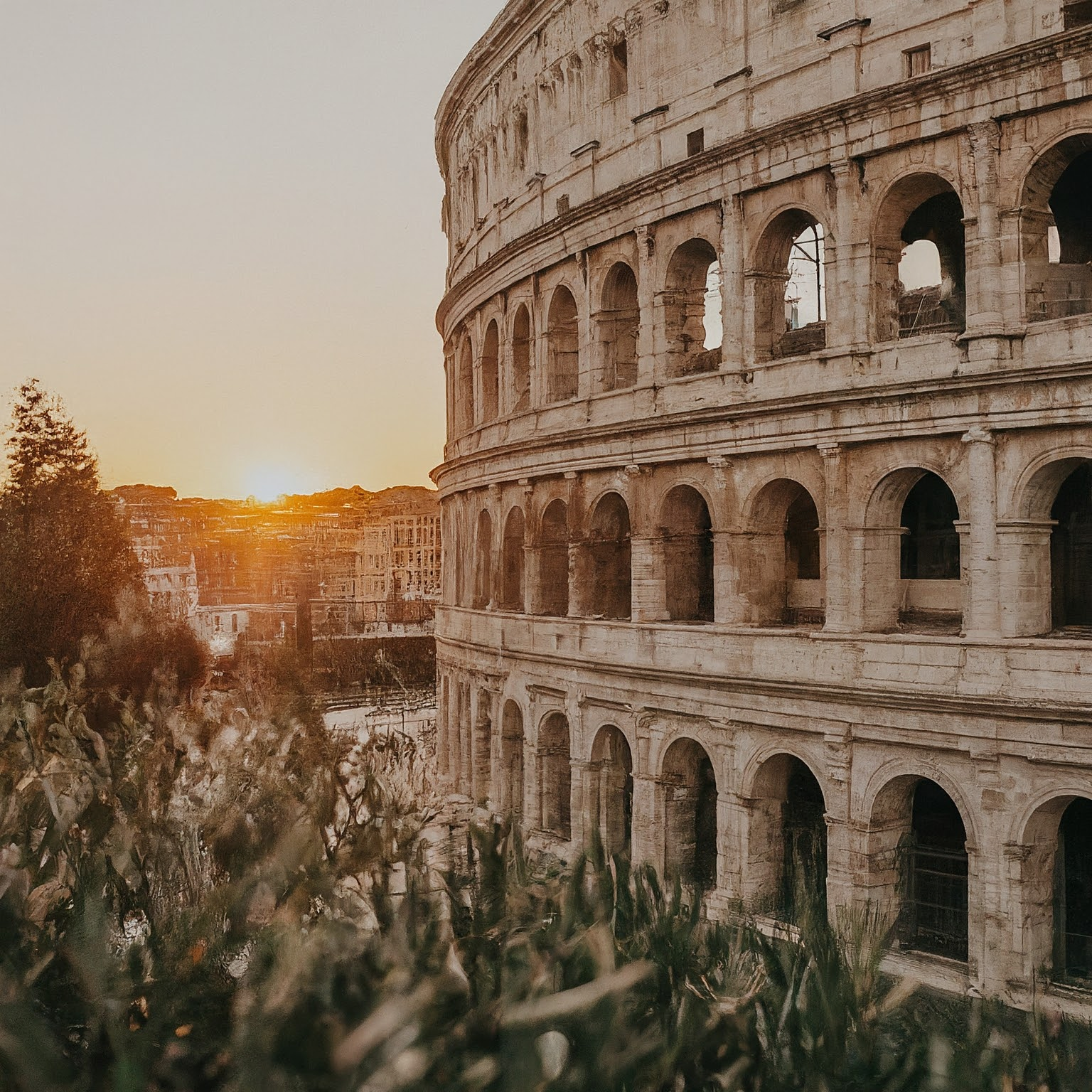


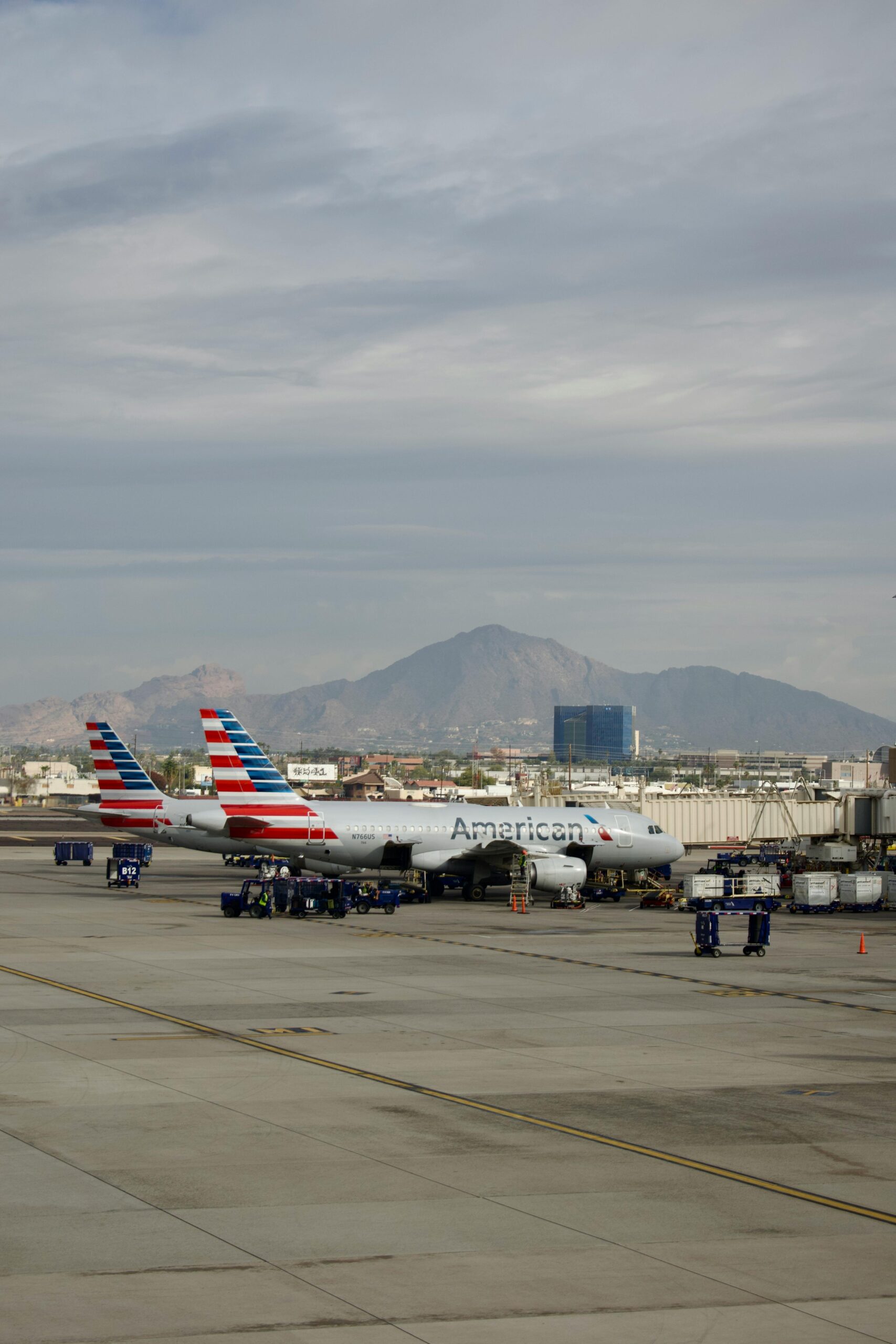


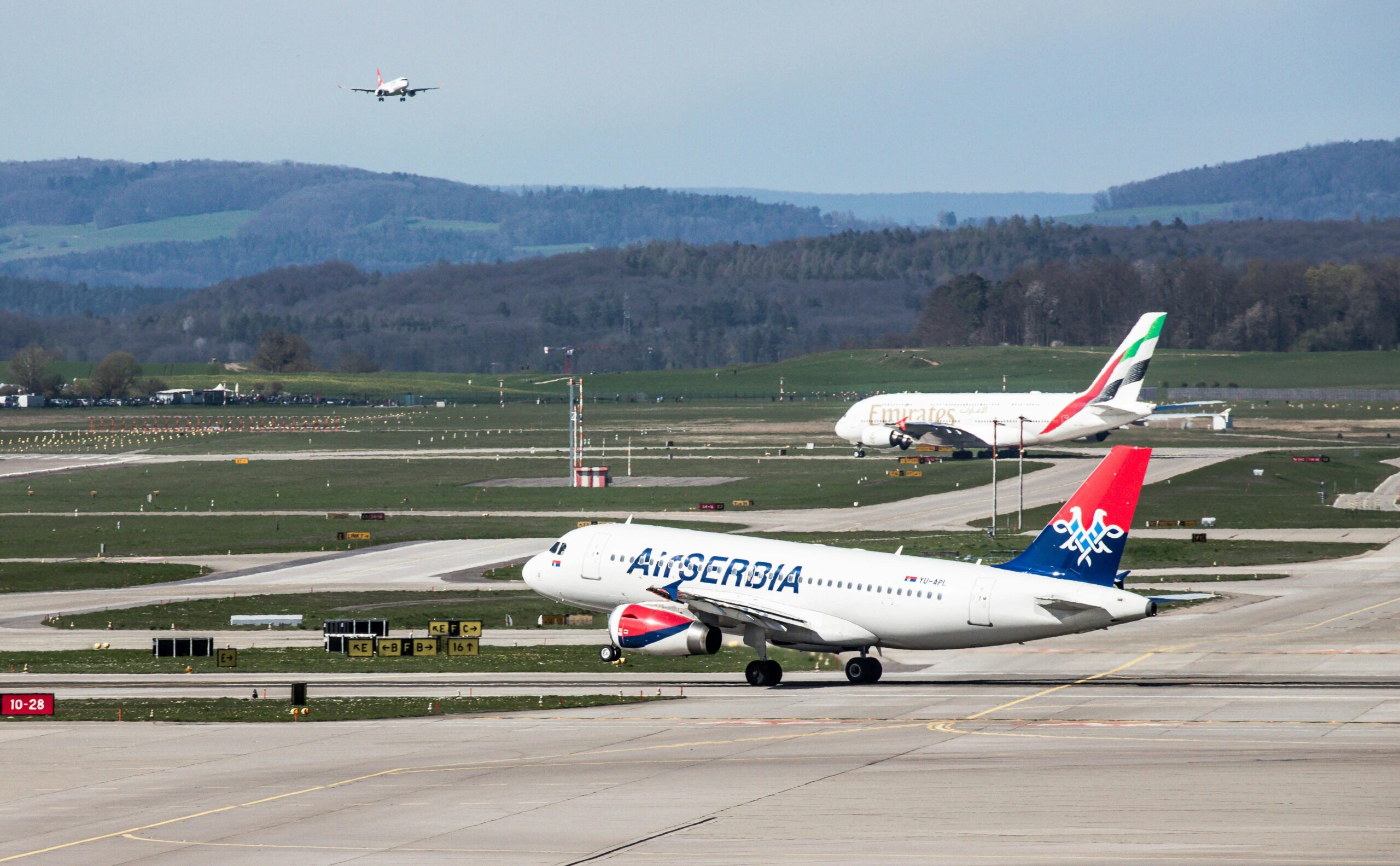
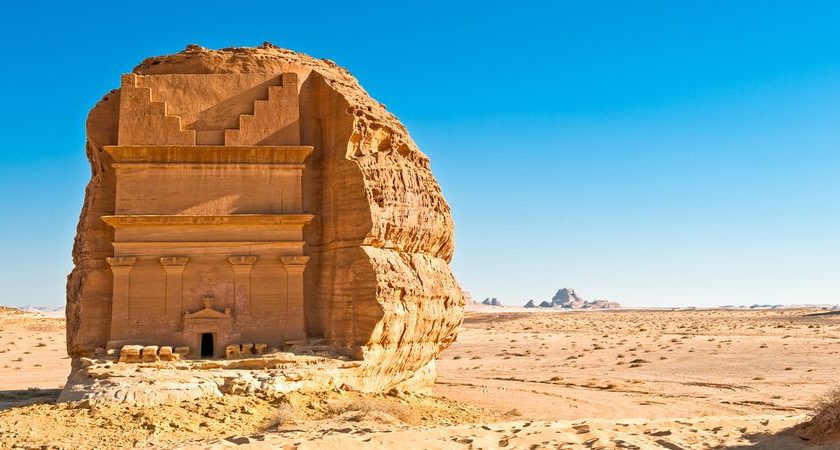

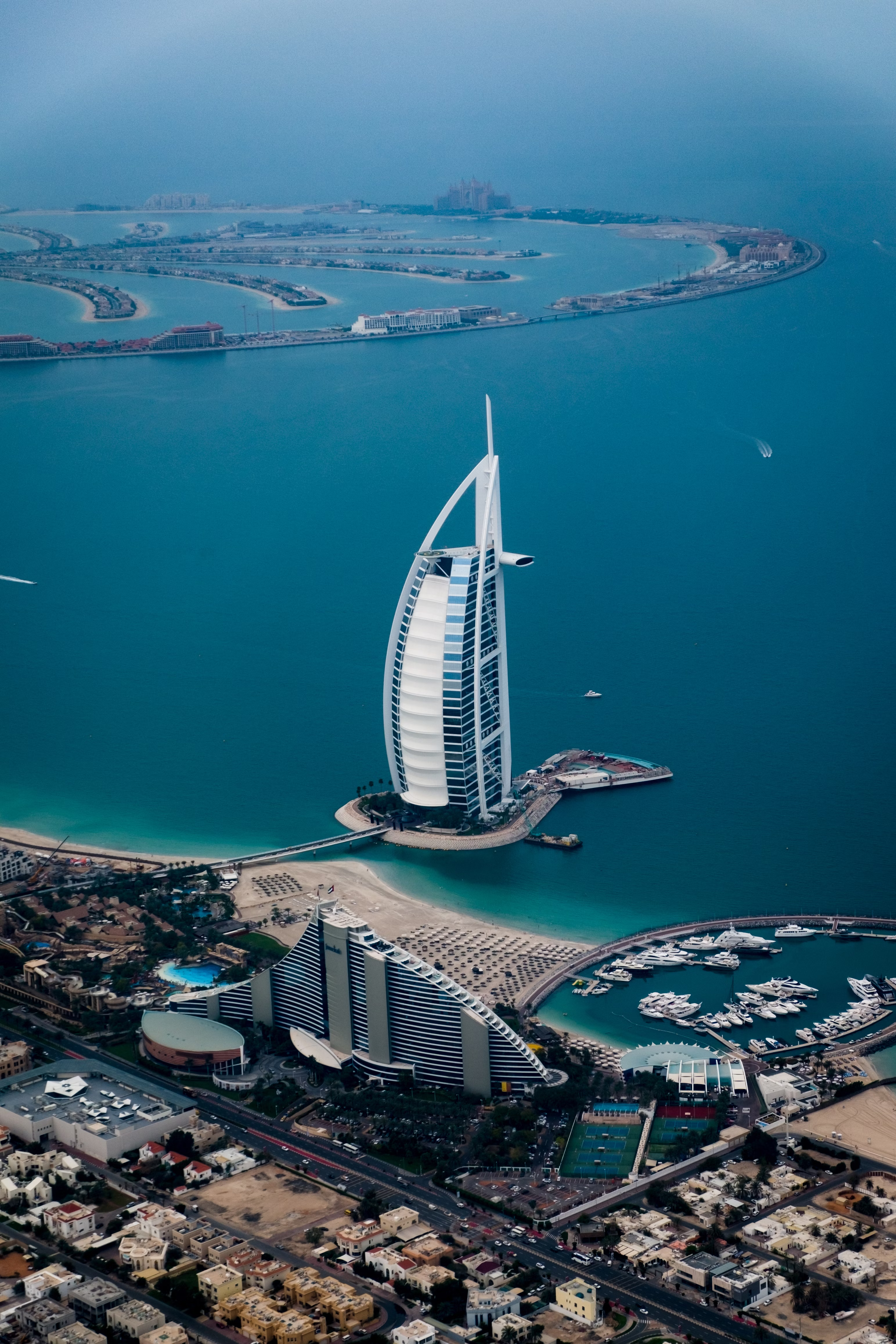

Leave a Reply